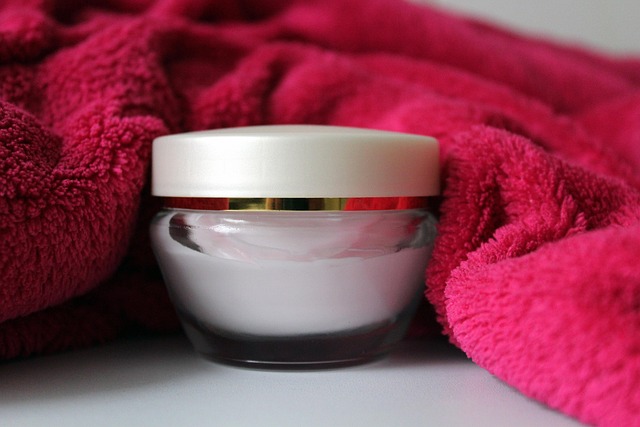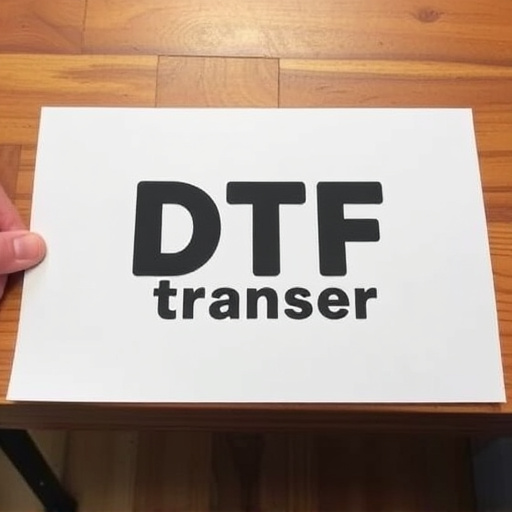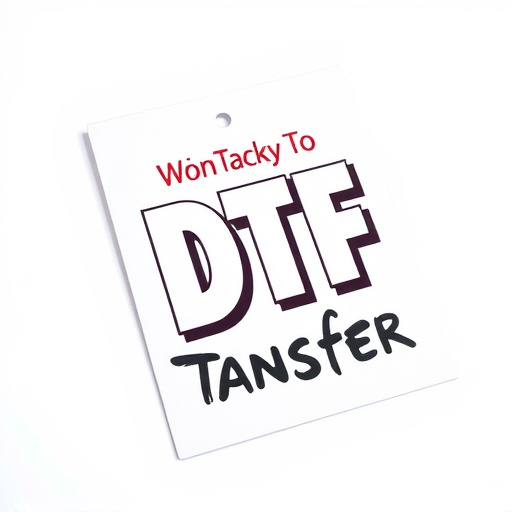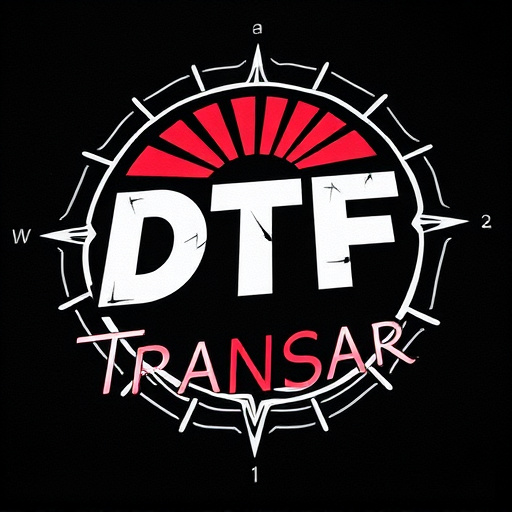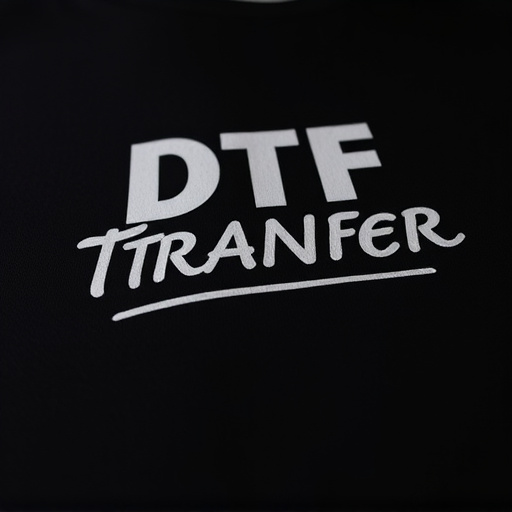Direct to Fabric (DTF) transfers are a cutting-edge printing method for applying designs directly onto warm fabrics, offering efficiency and versatility. Using specialized ink and heat-sensitive paper, DTF transfers bond permanently at elevated temperatures, yielding vibrant, durable prints resistant to multiple washes. Compatible with various fabric types, DTF printing democratizes custom textile production. The process involves DTF Printing on a thin film, easy removal while warm, and versatile application on textiles, wood, and metal. Proper preparation, positioning, heating, and timing ensure crisp, intact prints. DTF Transfers are a game-changer for quick turnaround times in custom apparel and merchandise, with continuous innovations enhancing efficiency and quality.
“Uncover the revolutionary power of DTF Transfers—a game-changer in modern printing technology. This comprehensive guide delves into the intricacies of DTF Printing, exploring its unique design for easy removal while still warm. From DTF Transfers‘ robust application process to their diverse benefits across industries, this article provides an in-depth look at what makes them a top choice. Prepare to navigate the future trends and innovations that are shaping the DTF Transfer landscape.”
- Understanding DTF Transfer: A Comprehensive Overview
- How DTF Transfers are Designed for Removability
- The Process of Applying and Removing DTF Prints
- Benefits of Using DTF Transfers in Different Industries
- Common Challenges and Best Practices in DTF Printing
- Future Trends and Innovations in DTF Transfer Technology
Understanding DTF Transfer: A Comprehensive Overview
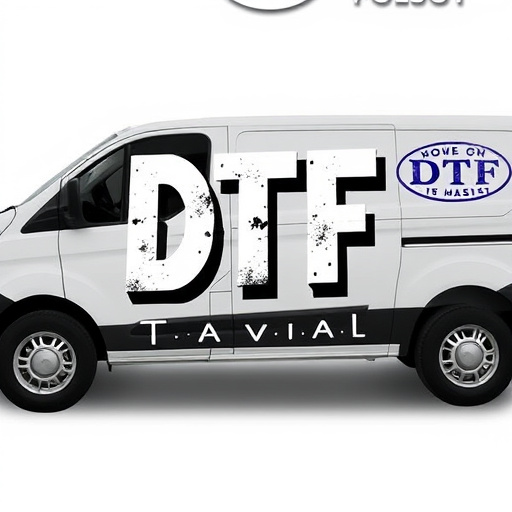
A DTF (Direct to Fabric) transfer is a printing technique that allows for the application of designs directly onto fabric while it’s still warm, making it an efficient and versatile method for creating custom garments or textile products. Unlike traditional methods that require cooling and hardening agents, DTF transfers are designed to be applied at elevated temperatures, ensuring a permanent bond with the fabric. This process involves using specialized ink and heat-sensitive paper, where the design is precisely transferred onto the fabric’s surface during a heat press step.
DTF Printing offers several advantages, including vibrant and durable prints that retain their quality even after numerous washes. It’s a game-changer for small businesses, hobbyists, and individuals looking to create personalized apparel or accessories swiftly. With a range of fabric types compatible with DTF transfers, from cotton to polyester, this technology has revolutionized the way we approach custom textile production, making it more accessible and cost-effective.
How DTF Transfers are Designed for Removability
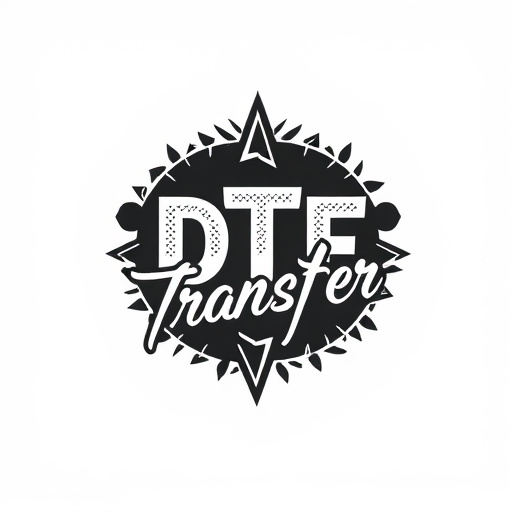
DTF Transfers are meticulously designed for easy removability while still warm. This innovative feature is made possible through a specialized printing process known as DTF (Direct to Film) Printing. During DTF Printing, ink is directly applied to a thin film, creating a versatile and adaptable transfer that can be easily peeled away from the donor sheet once heated. The key lies in the type of adhesive used; it’s designed to activate when warmed, allowing for a smooth removal process without leaving behind any residue.
This design ensures that DTF Transfers can be applied to various materials with ease, making them popular choices for crafting, decorating, and personalizing items. Whether it’s transferring designs onto textiles, wood, or metal, the removability feature offers users flexibility and creativity in their projects. The warm removal process also reduces the risk of damaging delicate surfaces, expanding the range of applications for DTF prints.
The Process of Applying and Removing DTF Prints

The process of applying and removing DTF (Direct to Fabric) transfers is a precise art that allows for creating vibrant, durable designs on various fabrics. It begins with preparing the fabric by cleaning and ensuring it’s free from any debris or oils. Then, the DTF print is carefully positioned onto the desired area, with heat applied to fuse the transfer temporarily. This step ensures the design adheres securely without bleeding or smudging.
Removing the DTF transfer while it’s still warm is a delicate process. Specialized tools and techniques are employed to lift the transfer gently, preventing damage to the fabric or design. The warmth helps to release the adhesion between the transfer and the fabric, making it easier to peel away. Proper timing is crucial; applying heat too much or too little can impact the outcome, so following manufacturer guidelines for temperature and time is essential for achieving crisp, intact DTF prints every time.
Benefits of Using DTF Transfers in Different Industries

Using DTF (Direct to Fabric) Transfers offers numerous advantages across various industries. One of its key benefits is the ability to produce high-quality, vibrant prints on a wide range of fabrics while ensuring fast drying times. This makes DTF Printing an efficient solution for businesses requiring quick turnaround times, such as custom apparel and promotional merchandise manufacturers.
Additionally, DTF Transfers are versatile, allowing for intricate designs and detailed artwork that traditional printing methods might struggle with. They also provide a cost-effective option for small batch production or one-off orders, making them ideal for startups and businesses catering to niche markets. Furthermore, the direct application method eliminates the need for complex setup processes, enabling printers to save time and reduce waste during production.
Common Challenges and Best Practices in DTF Printing
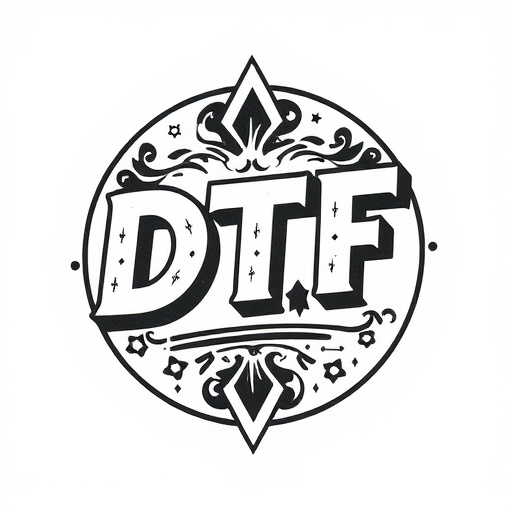
The process of DTF (Direct to Fabric) printing, while offering numerous advantages in terms of versatility and efficiency, comes with its share of challenges. One of the primary difficulties lies in achieving clean, precise transfers that can be removed while still warm. This requires careful consideration of ink composition, fabric type, and application pressure to prevent smudging or sticking. Ink selection is crucial; specialized DTF inks formulated for easy release are recommended to ensure successful removal without damaging the final print or the fabric.
To mitigate these issues, adopting best practices is essential. Pre-heating the fabric to the recommended temperature before printing can significantly improve adhesion and transfer quality. Additionally, using high-quality printing machines and precise registration techniques ensures that prints align perfectly with the fabric’s fibers, enhancing the overall durability of the DTF transfers. Regular maintenance of printing equipment and proper storage conditions for inks and materials are further steps towards achieving consistent, high-quality DTF prints that can be easily removed while warm.
Future Trends and Innovations in DTF Transfer Technology
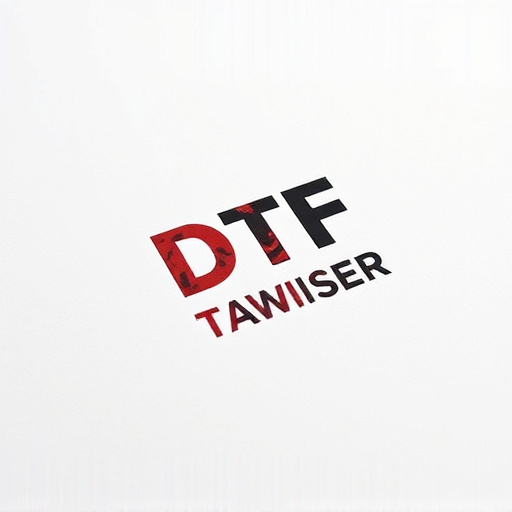
The future of Direct-to-Film (DTF) transfer technology looks promising, with continuous innovations aimed at enhancing efficiency and quality. Emerging trends include advancements in material science, leading to more durable and heat-resistant DTF films that can withstand higher printing temperatures, expanding application possibilities. Additionally, the development of smart inks and coatings promises improved color accuracy and increased ink adhesion, resulting in more vibrant and long-lasting DTF prints.
Automation is another key area of focus, with manufacturers exploring robotic systems and advanced print engines to streamline the DTF transfer process. These technologies aim to increase production speed, reduce human error, and enable complex design integration. Furthermore, digitalization trends suggest a shift towards on-demand printing and personalized DTF transfers, allowing for customized designs and faster turnaround times, catering to the ever-growing demand for unique, on-trend garments.



